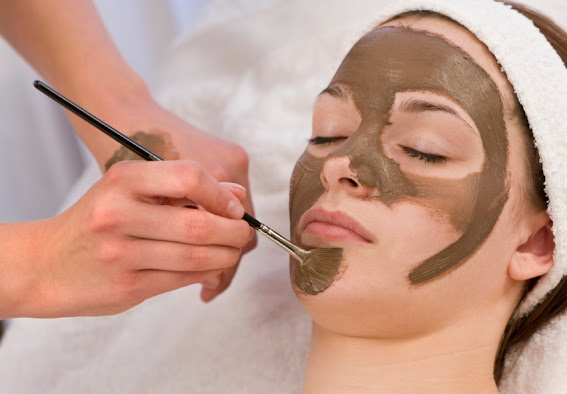Featured
- Get link
- X
- Other Apps
7 Reasons Why Mehndi is an Important Part of Celebrations and Festivals
Mehndi, also known as henna, is an ancient form of body art that has been practised in various cultures for thousands of years. It is a popular part of celebrations and festivals in many parts of the world, including South Asia, North Africa, and the Middle East. In this article, we will discuss 7 reasons why Mehndi (Henna) is an important part of celebrations and festivals.
7 Important Reasons to make Mehndi A Part of Celebrations and Festivals
There are countless reasons why Mehndi (Henna) is a must-have at celebrations and festivals. It's not just a pretty design on your hands or feet - it's a symbol of culture, tradition, and togetherness. Here are 7 reasons why Mehndi (Henna) is such an important part of any celebration or festival:
The Cultural Significance of Mehndi
Mehndi (Henna) is deeply rooted in many cultures and is considered an important tradition for weddings, religious festivals, and other celebrations. It is believed to bring good luck and ward off evil spirits. The designs have symbolic meanings, and different designs may be used to represent different aspects of the culture. Mehndi (Henna) has been passed down through generations and is a significant way of connecting to one's roots and heritage.
The Beauty and Fashion of Mehndi
Mehndi (Henna) is a beautiful form of body art that adds to the beauty and fashion of the person wearing it. It is a way to express oneself and show off one's unique style. Mehndi (Henna) designs have evolved over time, and now there are many different styles and patterns to choose from, ranging from traditional to modern. Mehndi (Henna) is not limited to weddings and festivals; it can be worn on any occasion, from birthdays to concerts.
The Temporary and Safe Nature of Mehndi
Unlike other forms of body art, such as tattoos, Mehndi (Henna) is temporary and safe. It does not involve any needles or puncturing of the skin, so there is no risk of infection or scarring. The henna paste used in Mehndi (Henna) is made from natural ingredients, making it safe for most people, including pregnant women and children.
The Group Activity of Applying Mehndi
Applying Mehndi (Henna) is often a group activity that brings people together and creates a sense of community. It is common for family and friends to gather together to apply Mehndi (Henna) on each other's hands and feet, especially during weddings and other celebrations. This brings about a sense of togetherness and strengthens bonds.
The Bridal Tradition of Mehndi
Mehndi (Henna) is an important part of bridal traditions in many cultures. It is often applied to the bride's hands and feet a few days before the wedding ceremony as a way to beautify her and prepare her for the big day. The Mehndi (Henna) ceremony is a fun and festive event that is enjoyed by both the bride and her family and friends. It also serves as a pre-wedding ritual where the bride spends quality time with her loved ones.
The Convenience of Professional Mehndi (Henna) Services at Home
Many professional Mehndi (Henna) artists now offer salon services at home, making it more convenient for people to get their Mehndi (Henna) done for weddings and other events. This allows people to enjoy the traditional art form in the comfort of their own homes. The artists also offer various designs and patterns to choose from, so it's easy to find a design that suits one's style and taste.
The Cultural Exchange through Mehndi
Mehndi (Henna) is a way to share culture and exchange traditions with people from different backgrounds. It is a beautiful art form that transcends language and cultural barriers and brings people together in celebration. Applying Mehndi (Henna) is a fun and creative way to appreciate and learn about different cultures. It allows us to experience the beauty and significance of Mehndi (Henna) from different parts of the world and appreciate the diversity that surrounds us.
In conclusion, Mehndi (Henna) is an important part of celebrations and festivals for many reasons. It connects us to our culture and heritage, enhances our beauty and fashion, brings people together, and allows us to share our traditions with others. With the convenience of professional Mehndi services at home, it has become easier for people to enjoy this beautiful art form. So, the next time you attend a celebration or festival, make sure to look out for Mehndi (Henna) and experience its beauty and significance firsthand!
- Get link
- X
- Other Apps
Popular Posts
Get Glowing Skin at Home with Easy-to-Make Face Masks
- Get link
- X
- Other Apps



Comments
Post a Comment